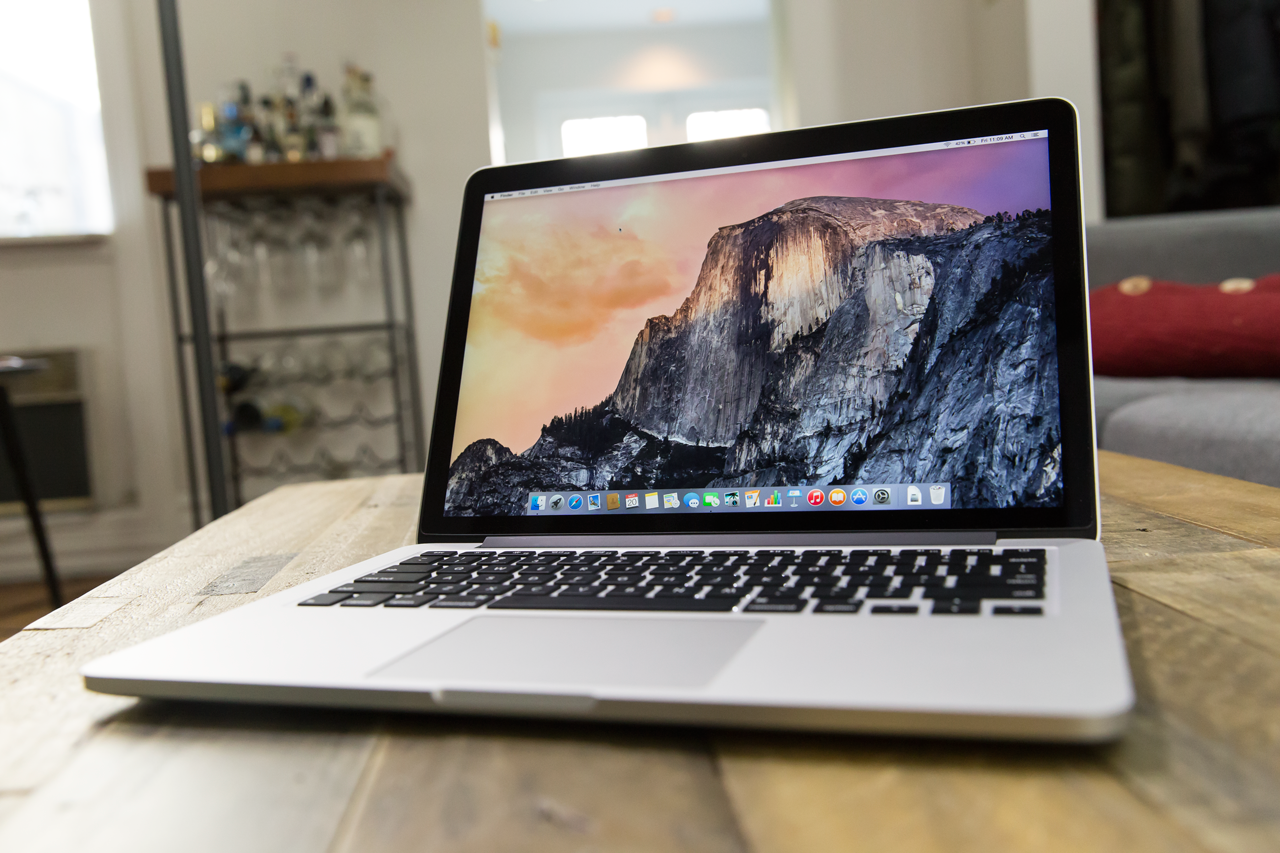

The 15-inch MacBook is still stuck with last year’s processors, but its top models pack serious power – just remember the extra size means extra weight means less portability. Really, those who need serious muscle should be considering the 15-inch model, as it’s the only one that offers quad-core processors instead of dual-core ones.
#New 2015 macbook pro 13 inch upgrade
Our Core i5 review sample is certainly very snappy, and most people won’t really need to upgrade to a Core i7 – which is for the best as it’s a £250 upgrade. This year’s class doesn’t come with a gigantic performance boost, but our tests show that we’re looking at about a 10-15 per cent boost over last year. While the chipsets aren’t quite as all-guns-blazing as you might see on a desktop that’s always going to be plugged in, each and every configuration has enough power for video editing, music production and pretty serious Photoshop hijinx. These are generations in Intel’s Core series, and supply the Pro troupe with far more power than the new 12-inch MacBook, which uses an Intel M CPU.Įvery Pro comes with at least 8GB RAM these days, and a Core i5 or i7 CPU. Last year the Pro used Haswell processors, and now they’ve been upgraded to Broadwell. The other deep and meaningful change for 2015 is the MacBook Pro 13’s processor. Still, as ever the keyboard is great, full-size and comfy enough to tap out novels on. Apple has altered the keyboard backlight a bit, but you’d honestly be hard-pressed to notice. It doesn’t use the fancy (but contentious) new butterfly mechanism you may have heard about, as used in the 12-inch MacBook. Is it going to change your life? Probably not.īut when every app developer under the sun starts using it, we’ll all be wondering how we got by without it in the first place. For example, in Safari it’ll bring up web link previews that you can even scroll through. Press down harder and you’ll get a second, deeper click that’s already used for secondary functions in a bunch of Apple apps. The trackpad knows not just when you’re tapping, but how hard too. Not only does this mean you can press down on the whole pad with zero dead zone, it also enables a neat new pressure sensitive feature. In the 2015 MacBook Pro, Apple has done away with the hinge movement, relying entirely on haptic feedback. It has been the norm for years, taken for granted.


 0 kommentar(er)
0 kommentar(er)
